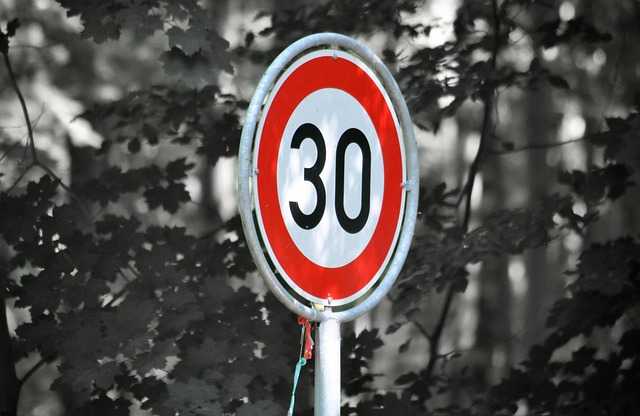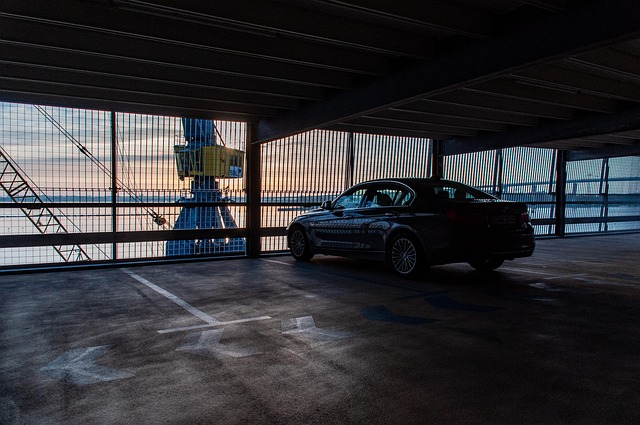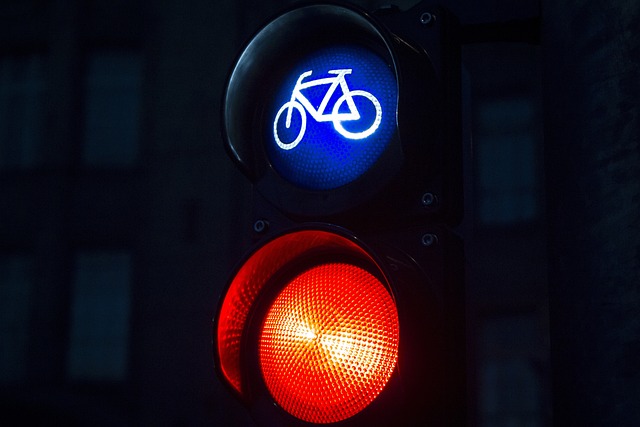
Eco-Friendly Urban Mobility: Embracing Reduced Traffic Zones
Eco-Friendly Urban Mobility: Embracing Reduced Traffic Zones
As urban living evolves, so does the necessity to rethink how we navigate our cities. The concept of a reduced traffic zone is gaining traction among modern metropolises, prioritizing pedestrian and cyclist-friendly spaces over the traditional vehicle-dominated streetscape. This initiative not only promotes sustainable development but also fundamentally alters our collective ecological footprint.
Imagine strolling down a vibrant street lined with trees, fresh air filled with the scent of local flowers rather than the exhaust fumes from cars. Reduced traffic zones are designed to limit vehicle access, creating inclusive spaces where communities can thrive. The reduction of car traffic translates to less noise pollution and improved air quality, crucial elements in our fight against climate change. By embracing these eco-friendly urban mobility solutions, cities ensure a safer environment for families and promote healthier lifestyles.
The integration of green technologies within these zones further enhances their viability. Electric scooters, bicycles, and even innovative public transit solutions are pivotal for reducing dependency on fossil fuels. By supporting a shift towards carbon-neutral transportation methods, urban planners pave the way for a greener future. Cities adopting reduced traffic zones are not just taking a stand against pollution; they are actively fostering sustainable ecosystems where local businesses can flourish, and communities can reconnect.
As we embark on this transformative journey, urban mobility will inevitably benefit from innovative design and technology. App-based car-sharing, electric public transport options, and bike-sharing programs all contribute to an interconnected and sustainable urban fabric. The implementation of comprehensive policies that support these initiatives is vital; dedicated lanes for bicycles and pedestrians, alongside well-designed public spaces, will encourage a cultural shift towards environmentally conscious commuting.
The message is clear: re-imagining urban spaces through the lens of reduced traffic zones not only benefits the environment but cultivates a deeper sense of community. We must envision cities reflecting our commitment to a sustainable future, where walking, cycling, and the use of public transport are the norm rather than the exception. As we embrace these changes, we have the chance to create a future that not only reduces our ecological footprint but ensures that our urban centers are vibrant, healthy, and accessible for generations to come.



